The Har Ki Dun trek is one of the most sought-after treks in the Garhwal Himalayas. The valley of Har-ki-Dun is located at the base of Fateh Parvat, at an altitude of 3,556 meters. The valley is surrounded by dense Pine forests and offers amphitheater views of mountains such as Swargarohini, Bandarpoonch, and Black peak. This deserted piece of land is a paradise for flora and fauna lovers. Black bear, Langoors and wild boars are native inhabitants in the region. Golden eagles are also found in this region. The accessibility through Govind National Park makes it rich in flora. You can find trees of Bhojpatra, the flower, Bramhakamal. Swargarohini and Jaundar Glacier are in the south-east of this cradle shaped attraction. GiveN its beauty and moderate difficulty level, this is an ideal trek for experienced as well as novice trekkers. Stay on this page for more information like Har Ki Dun trek itinerary, route map, temperature chart, photos, videos, and reviews. Scroll to the end to read Har Ki Dun trek blogs.
Har ki Dun Trek
Rs 12,400.00 / Per person
- Region:Uttarakashi
- Altitude:11800 ft
- Duration:7 Days
- Difficulty :Easy to Moderate
- Best Time :March - June
Basics Gears
• Backpack & Rain Cover (40-60 Litres)
• Trekking Shoes
• Trekking Pole
• LED Torch
• One Water Bottle (one litre)
• Basic Medications (or prescribed if any)
Clothes
• Trekking Jacket
• Three (Five in winter) Warm Layers
• Two trek pants (one Wear and one carry)
• Two collared t-shirts
• Thermals
Accessories
• Sunglasses
• Sunscreeen Lotion (SPF 50/70)
• Lip Balm (SPF 30)
• Sun cap
• Synthetic hand gloves
• Two pair of Socks
• Raincoat/Ponchos
Others
• Daypack (20 litres), if you opt to offload your backpack
• Toiletries
• Cutlery
• Plastic cover (for wet clothes)
Mandatory Documents
Original and photocopy of government photo identity card- (Passport, Aadhaar Card, Driving license or voters ID, Medical Certificate)
Day 1: Dehradun to Sankri
The first day begins with a 10-hour drive from Dehradun to Sankri. You are expected to reach Dehradun railway station by 6:30 in the morning. To reach on time, you can book an overnight Bus/Train from Delhi to Dehradun ISBT.
Passing through Mussoorie- the “Queen of the Hills” on to Uttarkashi district, we will cross Naugaon, Purola, Mori, and Netwar before finally reaching village Sankri- the first stop on the trek. The road is through and through picturesque with pine tree forests starting on both sides of a road that catches up on a parallel to the course of the river Tons. Stopping at a favourable hour, we will have lunch somewhere by the road at an inn. Reaching Purola, you should get done with important calls and internet usage because hereafter, the connection will get fuzzy. BSNL is the only efficient service available in this zone with limited providers.
A short way before Sankri, we will cross the Govind National Park checkpoint and at about 6 in the evening, the drive will end at Sankri. After freshening up at the guest house, you will get sufficient time to explore the market close by. Trekking essentials, garments, and equipment are available at the bazaar in Sankri, in case you need last minute shopping for the venture ahead.
Day 2: Sankri to Pauni Garaat via Taluka
On day 2, we start on our drive from Sankri to Taluka at 7 in the morning. This short drive through gradually thickening forests and streams cutting through the path over boulders will introduce us to the terrain of our trek closely.
Reaching Taluka, another village of the same lineage found on this trek, trekkers will be invited to collect refreshments before getting started on the hike. The first lapse is a descent to the banks of the beautiful Tons and keeping the river on the right, the trail enters a level walk through forests of conifers until reaching the first cemented bridge.
Crossing the stream, the trail leads up to a wooden bridge where a gentle slope goes down to the waters. Here you can fill your bottle and move ahead. The whole way along the river is ideal for photo compositions and provides shade too. We approach the rest point for lunch by the Supin tributary that we crossed before at around 1 in the noon. At a rocky height from the banks of the rivulet is a food shack, one of the many that we are going to find on our trek to the valley. These stores are with packaged food and beverage along with delightful hot snacks. In addition to our packed lunch, this will add a different twang of delight to outdoor meals on the move.
Progressing ahead, harvest fields of potato, millet, and maize will fall on the way giving the whole stretch a ranch house feel. Pauni Garaat, a green clearing on the banks of Supin at its sprightly best is arrived at late in the afternoon as the Sun begins to dip—welcome to the first camp!
Day 3: Pauni Garaat to Kalkattiyadhaar via Osla
Pauni Garaat to Kalkattiyadhar is a distance of 7 km over 6 hours which we start the early morning at 6. The trail crosses 3 “garaat” or hydroelectricity run chaffing units which are used by the villagers for separating husks of millet and maize followed by grounding to flour. The idyllic vibe retained in the surrounding, the trek proceeds through harvest lands, cattle grazing, and slant-roofed huts used as granary and storages. Right between the forests of cashew nuts and walnuts lies the serene village Oslo. This village is said to be a preacher of Duryodhana of Mahabharata. Well, apart from the stories, the village is blissful having 2000 years old Temple and a few houses. The villagers are welcoming here. After a small chit-chat proceed further on the ascend.
On this incline, you will get fabulous viewpoints to steal glimpses of the Dhauladhar Range out front. Snaky trails to Borasu Pass and Baspa Valley can also be made out from here. The high trail winds further down reaching a tabletop green stretch—Kalkattiyadhar. This is the campsite for day 2.
Day 4: Kalkattiyadhar to Har Ki Doon & back to Kalkattiyadhar
Today you will start early as compared to other days. However, mesmerizing the views were until today, get ready to encounter something more. The trail will go into the glacier basin having moraines and alpine meadows. Tall pine trees will be greeting you at every step.
The trail is mixed of steep and moderate ascend until the Har Ki Dun valley. Just as you rise high you can see snow patches and frozen waterfalls. In Winter these sections are covered with thick snow. A valley is a heavenly place displaying immense beauty in one sight. The huge peaks of Swargarohini, Hata Peak, Black Peak etc show their marvelling glimpses. The valley is an amazing amalgamation of meadows, frozen streams, coniferous forests, glacier moraines, the backdrop of huge peaks.
Try to engulf everything. After exploring the valley creating memories for a lifetime we return back to our last campsite at Kalkattiyadhar
Day 5: Kalkattiyadhar to Pauni Garaat via Osla
From today the trek is actually the return journey. Today we shall retrace the steps through the Oslo village to Pauni Garaat. Here's another chance to relive the moments with the peaceful villagers. Say goodbye to them and the stunning sights around you.
Follow the same trail as of earlier and reach the campsite of Pauni Garaat. Enjoy your last few moments of nightlife in the mountains
Day 6: Pauni Garaat to Sankri via Taluka
A 5-hour trek to Taluka sets off this morning, climbing down by the familiar trail, stopping at familiar rest points. The car waits at the end of the dirt road to drive back base camp-wards. Pay special attention to descending tactic. Though climbing down accounts for lesser exhaustion, stressing out your soles with big steps is inadvisable. Sankri will arrive at the time for tea
Day 7: Sankri to Dehradun
The journey concludes with the 10-hour drive from Sankri to Dehradun. Breakfast and lunch will be on the way. Reaching time at Dehradun station will be 6 pm, suitable for an overnight journey to Delhi.

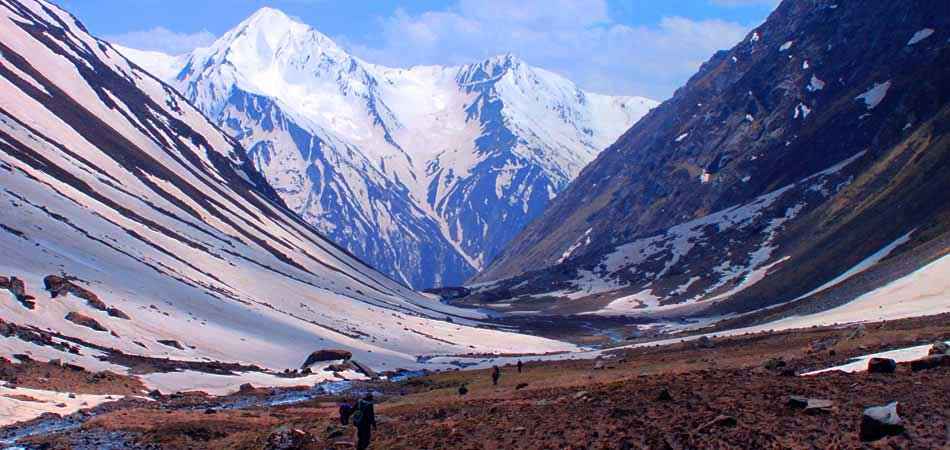
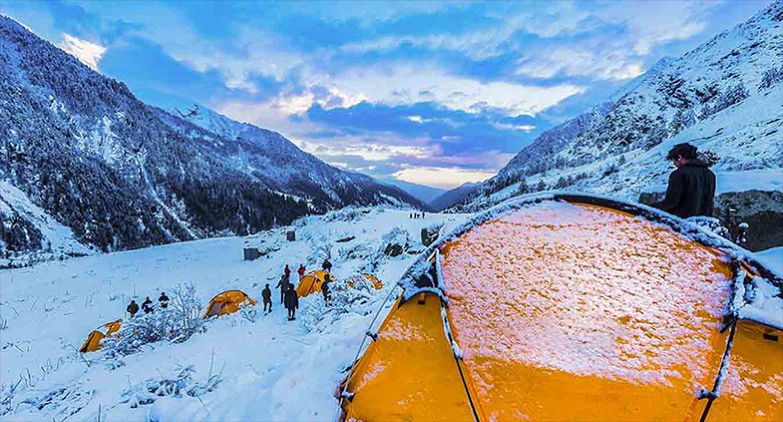
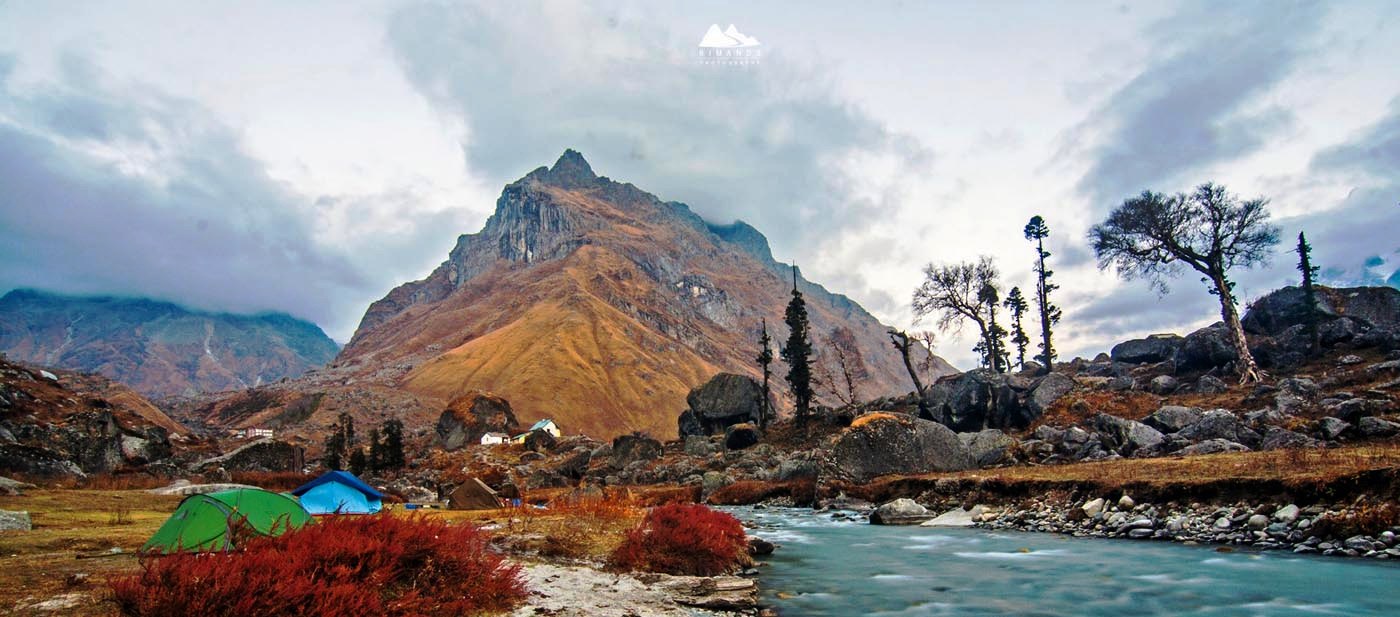
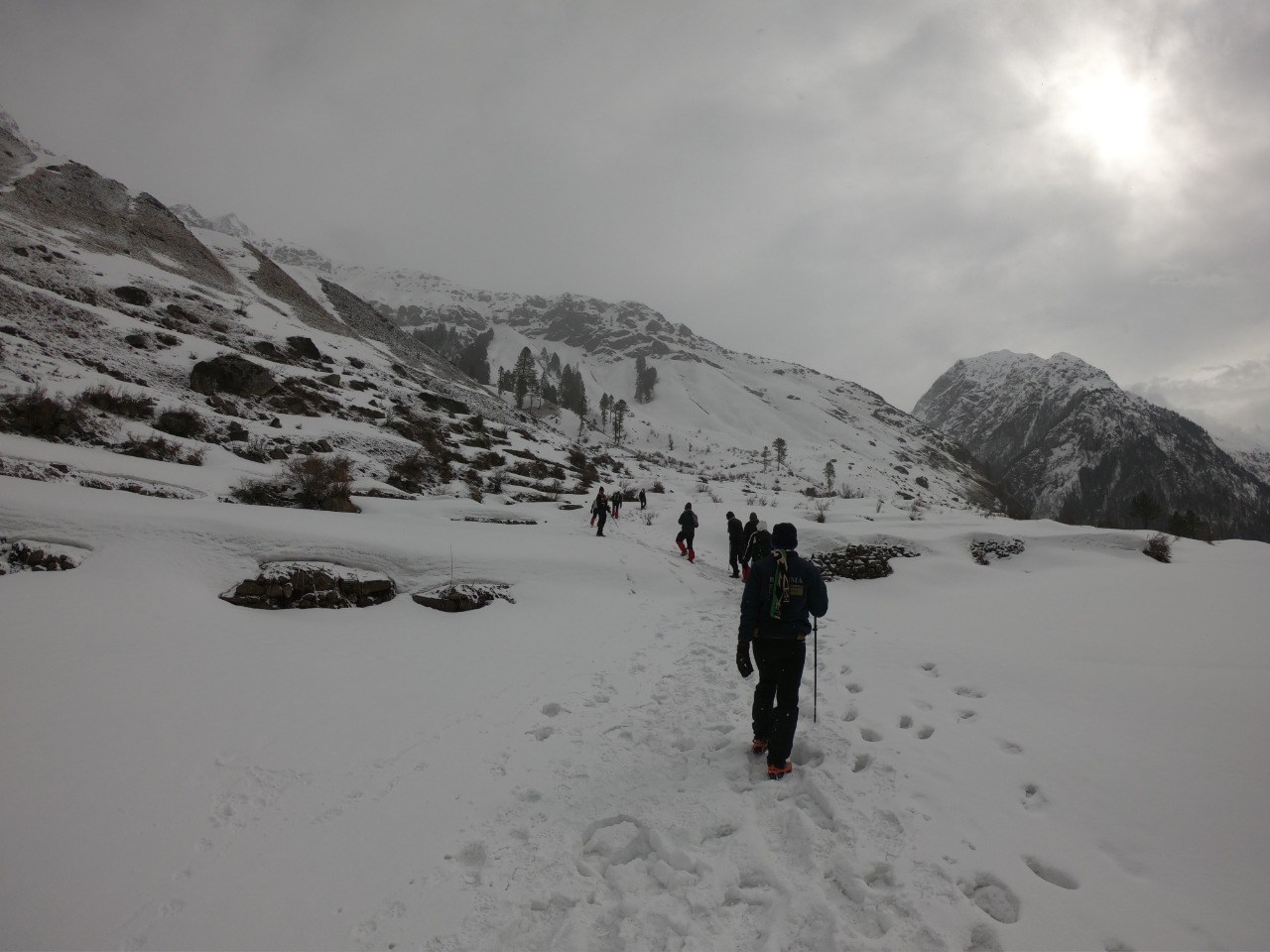
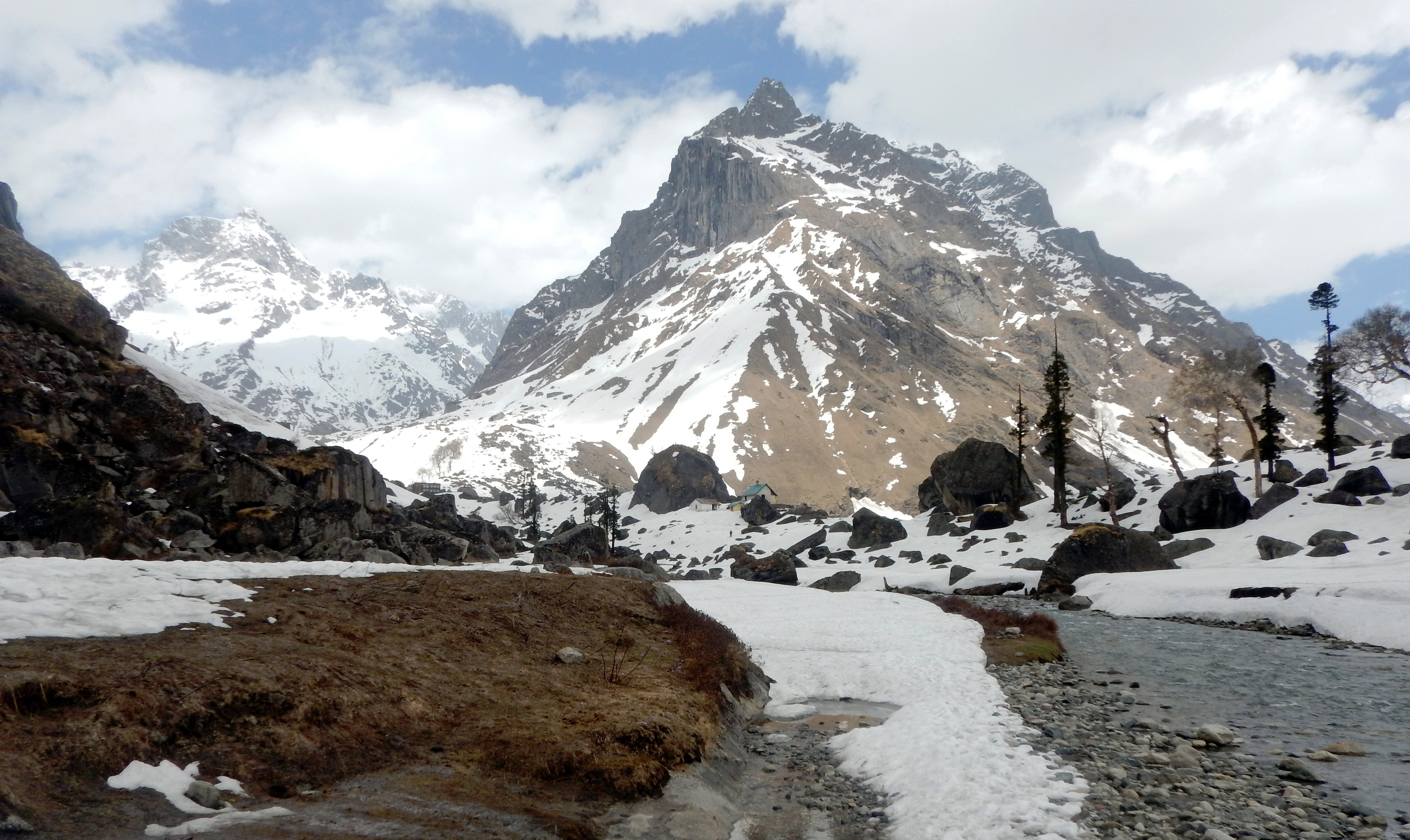
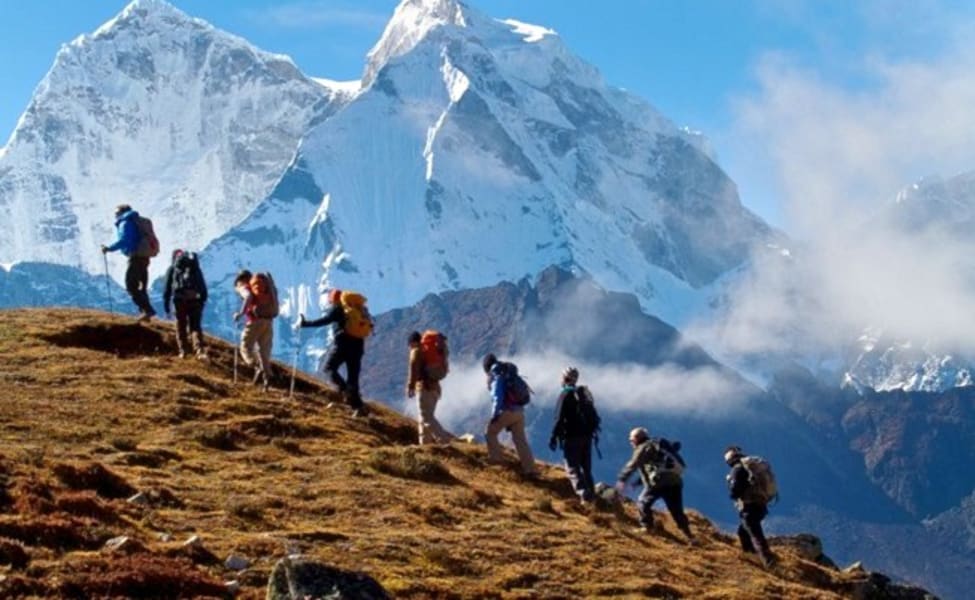
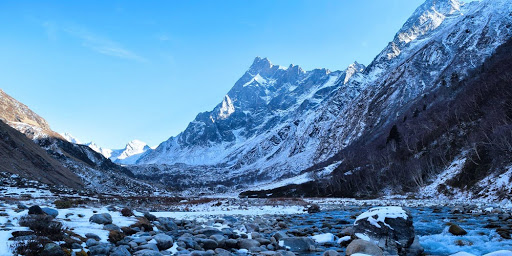
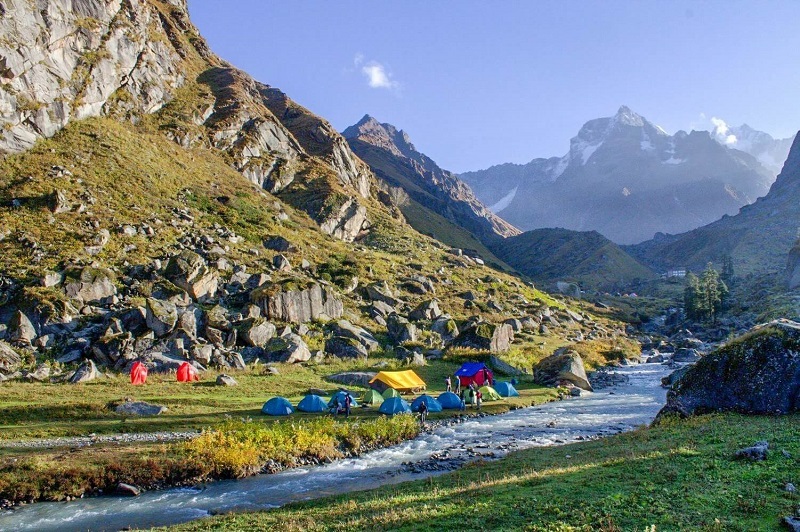
Leave Your Comments